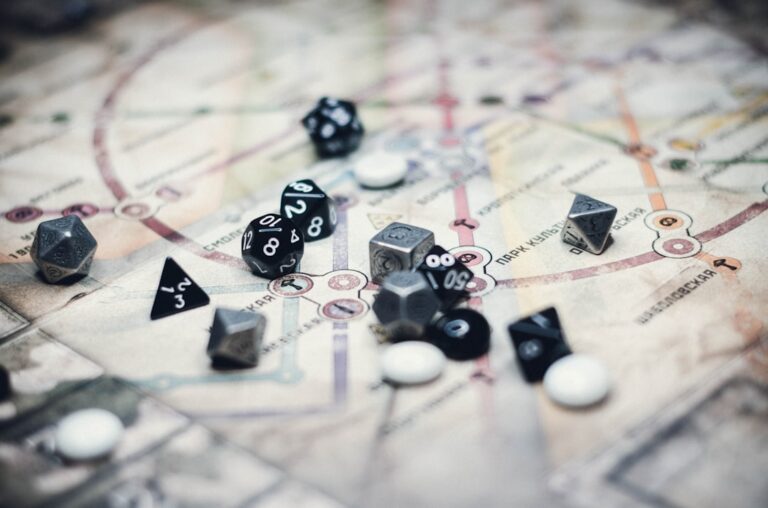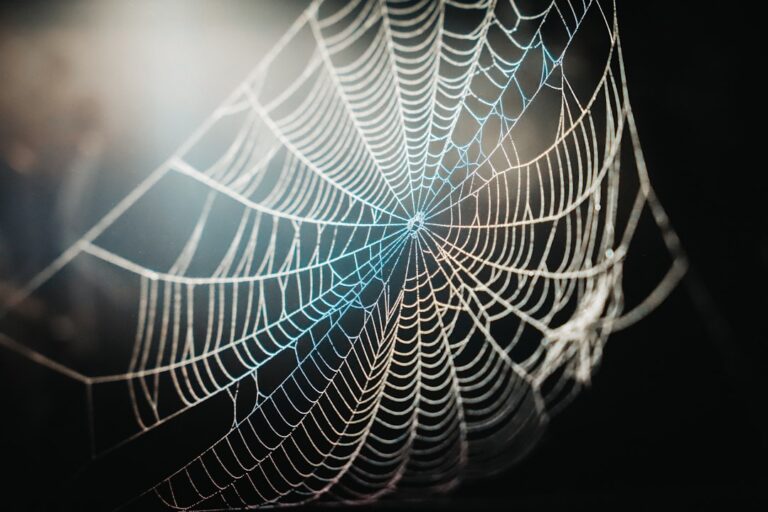Spiders, like all arachnids, have a relatively simple digestive system compared to mammals. Their digestive system consists of a mouth, esophagus, stomach, and intestine. When a spider catches its prey, it injects digestive enzymes into the prey’s body to break down the tissues. The spider then sucks up the liquefied tissues through its mouth and into its stomach. The stomach is where the digestion process continues, and the nutrients are absorbed into the spider’s body. The waste products from this process are then passed through the intestine and expelled from the spider’s body as feces.
The digestive system of a spider is highly efficient, allowing them to extract as many nutrients as possible from their prey. This is essential for their survival, as spiders often have to go for long periods without food. Understanding the anatomy of a spider’s digestive system can provide valuable insights into their behavior and ecology, as well as their role in the ecosystem.
Spiders have adapted to a wide range of environments and have evolved different feeding strategies to suit their habitats. Some spiders are ambush predators, lying in wait for their prey to come within striking distance, while others actively hunt for their food. The diversity in their feeding habits is reflected in the variations in their digestive systems. By understanding the anatomy of a spider’s digestive system, researchers can gain a better understanding of how these fascinating creatures have adapted to their environments and how they contribute to the balance of ecosystems.
Key Takeaways
- Spiders have a simple digestive system consisting of a mouth, esophagus, and stomach.
- Spider feces are small, dry, and often found near their webs or hiding spots.
- Spiders do poop, contrary to popular myths, and their waste plays a crucial role in ecosystems.
- Spider waste contributes to nutrient cycling and helps maintain balance in natural environments.
- Understanding the digestive process of spiders can help manage waste in homes and gardens, aiding in pest control efforts.
Spider Feces: What Does it Look Like and Where is it Found?
Spider feces, also known as frass, can vary in appearance depending on the species of spider and its diet. In general, spider feces are small, dry, and pellet-like in appearance. The color of spider feces can range from black to brown, depending on the type of prey that the spider has consumed. Spider feces can often be found near their webs or hiding spots, as spiders tend to defecate in these areas.
The presence of spider feces can be an indicator of a spider infestation in a home or garden. If you notice small, dry pellets near webs or dark corners, it may be a sign that spiders are present in the area. It is important to note that while spider feces may be unsightly, they are not known to carry any diseases that can be transmitted to humans.
Understanding what spider feces looks like and where it can be found is important for pest control and management. By identifying areas where spider feces are present, homeowners and gardeners can take steps to reduce the spider population in their living spaces. This can help prevent potential spider bites and reduce the overall presence of spiders in the area.
Do Spiders Poop? Debunking Myths and Misconceptions
There are many myths and misconceptions surrounding spiders and their waste products. One common misconception is that spiders do not poop at all. In reality, spiders do indeed produce waste in the form of feces. As with all living organisms, spiders need to eliminate waste from their bodies to maintain their health and well-being.
Another myth about spider waste is that it is toxic or harmful to humans. While some people may be wary of coming into contact with spider feces, there is no evidence to suggest that it poses any significant health risks to humans. Spider feces are generally dry and odorless, and they do not contain any harmful pathogens that can be transmitted to humans.
It is important to debunk these myths and misconceptions about spider waste in order to promote a better understanding of these fascinating creatures. By dispelling these myths, we can foster a greater appreciation for the role that spiders play in ecosystems and reduce unfounded fears about their waste products.
The Role of Spider Waste in Ecosystems
| Metrics | Importance |
|---|---|
| Nutrient recycling | Spider waste helps in breaking down organic matter and returning nutrients to the soil. |
| Food web dynamics | Spider waste serves as a food source for other organisms, contributing to the overall ecosystem balance. |
| Soil aeration | Spiders burrow in the soil, creating tunnels that improve soil aeration and water infiltration. |
| Pest control | Spiders prey on insects, helping to control pest populations and maintain ecological balance. |
Spider waste plays an important role in ecosystems by contributing to nutrient cycling and soil fertility. When spiders consume their prey, they extract nutrients from the tissues and excrete the waste as feces. This waste contains valuable nutrients that can be broken down by decomposers such as bacteria and fungi, which then release these nutrients back into the soil.
In addition to contributing to nutrient cycling, spider waste also serves as a food source for other organisms in the ecosystem. Many insects and other arthropods feed on spider feces, utilizing the nutrients contained within it for their own growth and development. This creates a complex web of interactions within ecosystems, highlighting the interconnectedness of all living organisms.
By understanding the role of spider waste in ecosystems, we can gain a greater appreciation for the importance of these creatures in maintaining ecological balance. Spider waste contributes to the health and fertility of soils, which in turn supports plant growth and provides habitat for a wide range of organisms. Recognizing the value of spider waste in ecosystems can help us develop more sustainable approaches to pest control and land management.
How Often Do Spiders Poop? Understanding their Digestive Process
The frequency of spider defecation can vary depending on factors such as species, age, size, and diet. Generally, spiders will defecate more frequently when they are actively feeding and less frequently when they are in a period of fasting. Spiders that consume larger prey items may also defecate more frequently than those that consume smaller prey.
The digestive process of spiders is highly efficient, allowing them to extract as many nutrients as possible from their prey. This means that they produce relatively little waste compared to other organisms of similar size. The frequency of spider defecation is also influenced by environmental factors such as temperature and humidity, which can affect their metabolic rate.
Understanding how often spiders poop is important for researchers studying their behavior and ecology. By monitoring the frequency of spider defecation, scientists can gain insights into their feeding habits, metabolic rates, and overall health. This information can also be valuable for pest control professionals seeking to manage spider populations in homes and gardens.
Managing Spider Waste in Homes and Gardens

For homeowners and gardeners, managing spider waste can be an important aspect of pest control and maintenance. One way to reduce the presence of spider waste in living spaces is to regularly clean and vacuum areas where spiders are commonly found. This can help remove any feces that may have accumulated and discourage spiders from establishing themselves in these areas.
In outdoor spaces such as gardens, reducing clutter and debris can help minimize the presence of spiders and their waste products. By keeping outdoor areas tidy and free from potential hiding spots for spiders, homeowners can create a less hospitable environment for these creatures.
In some cases, homeowners may choose to use chemical pesticides or natural repellents to manage spider populations in their living spaces. However, it is important to use these products with caution and follow all safety guidelines to minimize potential harm to other organisms in the ecosystem.
The Importance of Understanding Arachnid Waste for Pest Control
Understanding arachnid waste is crucial for effective pest control strategies in homes and gardens. By recognizing the signs of spider infestations, homeowners can take proactive measures to reduce their presence and minimize potential health risks associated with spider waste.
In addition to managing spider populations in living spaces, understanding arachnid waste is also important for agricultural pest control. Spiders play a valuable role in natural pest management by preying on insects that can damage crops. By promoting healthy populations of spiders in agricultural settings, farmers can reduce their reliance on chemical pesticides and promote more sustainable farming practices.
Overall, understanding arachnid waste is essential for promoting healthy ecosystems and minimizing potential health risks associated with spider infestations. By recognizing the value of spiders in maintaining ecological balance, we can develop more sustainable approaches to pest control and land management that support the health of both humans and the environment.
If you’re curious about whether or not spiders poop, you might want to check out this article on crackmate.com. They delve into the fascinating world of spider digestion and excretion, shedding light on this often overlooked aspect of arachnid biology. Whether you’re an arachnophile or just someone with a curious mind, this article is sure to provide some interesting insights into the world of spiders.
FAQs
What is spider poop like?
Spider poop, also known as frass, is typically small, dry, and pellet-like in appearance. It can vary in color depending on the spider’s diet and can be found near their webs or hiding spots.
How do spiders excrete waste?
Spiders excrete waste through an opening at the end of their abdomen called the anus. They produce small, dry pellets of waste material that are expelled from their bodies.
Do spiders poop on their webs?
Spiders typically do not poop on their webs. Instead, they usually find a secluded spot away from their web to excrete waste. This helps to keep their web clean and free from potential predators.
Is spider poop harmful to humans?
Spider poop is not known to be harmful to humans. However, it is important to practice good hygiene and avoid coming into contact with spider waste, as some species of spiders can carry harmful bacteria or parasites.
What do spiders eat that leads to their waste?
Spiders primarily feed on insects, and their waste is a result of digesting their prey. The composition of their waste can vary depending on the types of insects they consume.













+ There are no comments
Add yours